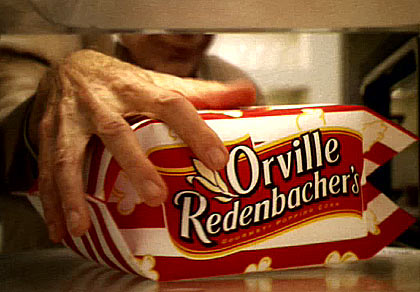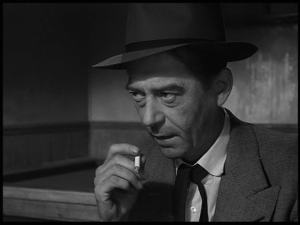The Thin Blue Line (Errol Morris, 1988)
I mean, The Thin Blue Line is very influenced by noir. It is, in its essence, a noir-like story… if you asked me, “What are the main ingredients of noir?”, I’d say that it’s not the moody lighting, it’s not the canted Dutch angles. To me it’s the feeling of inexorability, almost the form of Greek tragedy, the feeling that things inexorably move towards some disaster without the ability of anyone involved to change the outcome, to do otherwise.
Errol Morris, interviewed by Tom Ryan for Senses of Cinema
Errol Morris stumbled into the subject of his best documentary, The Thin Blue Line. In 1985 he was researching a documentary about Dr James Grigson, a psychiatrist notorious for giving testimony in court cases that led to death sentences for the accused. The research included speaking to those who had been the subject of Grigson’s testimony, and one of the prisoners he spoke to was Randall Adams, then into his seventh year of imprisonment after being sentenced to death for the 1976 shooting of police officer Robert Wood in Dallas. Adams’ death sentence had by that time been commuted, but he was still in jail and protesting his innocence. Morris started looking into the case and quickly became convinced that Adams was indeed innocent. More than that, it became very clear who had killed Robert Wood. Morris abandoned his original project and turned his efforts to building the case for Adams’ innocence. The resulting film was The Thin Blue Line, still the definitive example of an investigative documentary. The film would be important if only for its impact on that case. Yet it’s much more interesting than a simple exploration of a particular crime and its consequences; it is a triumph of execution that has been enormously influential on both documentaries and fiction films since.



